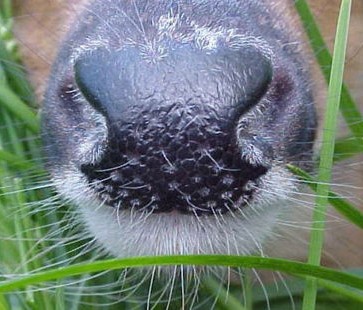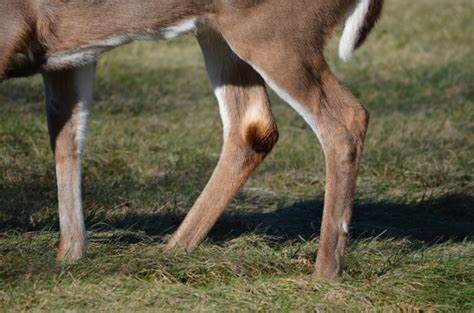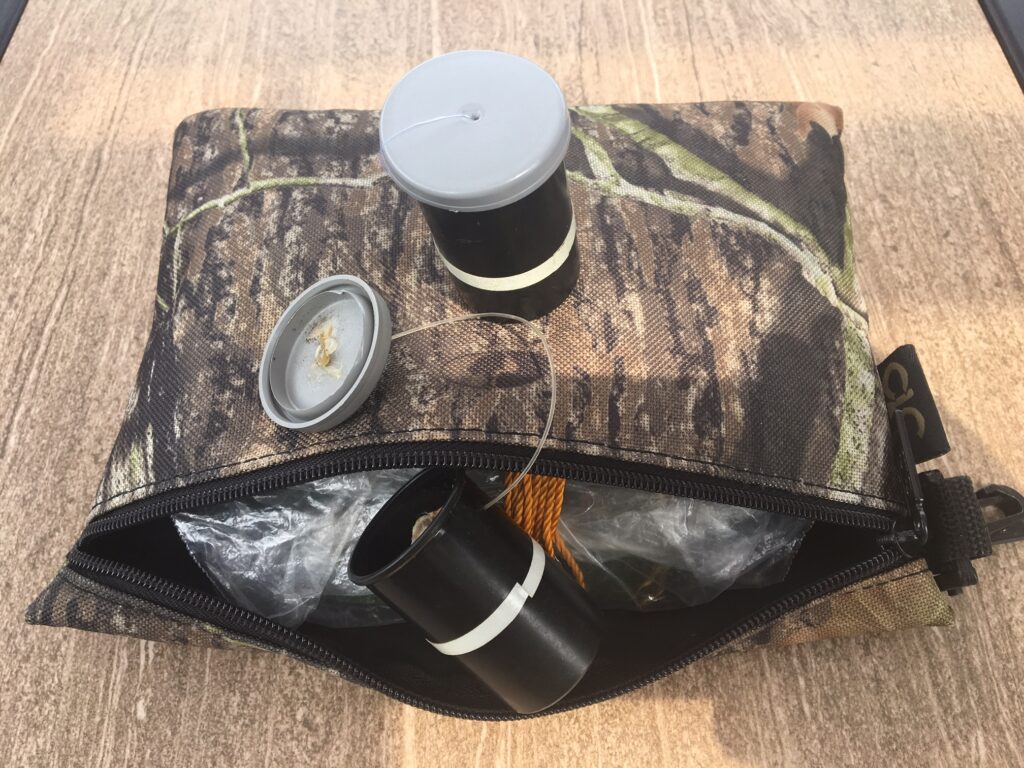30 Nov HOMEGROWN SCENTS!!!
Deer Hunters, that fill their tags routinely, understand Good Scents. Commercial grade scents are expensive. A shot glass full of Code Blue or Tink’s 69 can cost $20. Using scents is important to attract deer, attract Bucks, cover human scent, or de-scent gear and clothes.
Back in the Day, hunters used what they had to deal with scent. A cover scent may have been to tred into several cow patties on the way to the stand. An attractant scent meant stomping onto apples as you trekked into the woods. Storing your gear and clothes in a large sack stuffed with fresh leaves, or acorns, would cover your scents.
Today we have clothes threaded with silver to illuminate scent. HECS clothing masks your electromagnetic fields, thanks to thin wires woven into the fabric.
Scent wafers can mimic dirt, apples, pine, or just smell like deer. Other critter scents are used for attraction or masking. Sprays, mists, washes, detergents, and treats. Scents add stink to cover stink!
Deer are masters at using their noses to sniff out danger. If you are upwind of a deer, your odor will always give you away. The only time when scent helps the hunter is when the Rut is going on. Bucks, or Bulls, focus on mating, and fail to smell out hunters or other dangers. When they are distracted by a more powerful scent, they neglect to smell danger.
In Montana, elk always win when scent is an issue. You could take a shower in non-scent and use every other scent cover, and still get busted. After just a few minutes marching afield, and human sweat takes over. The only real solution is to always hunt into the wind. This works great until the wind swirls.
We used to make our own Western Maryland scents. If someone tagged a deer, they would share the “Stinkers”. Tarsal glands found on the inside back knees were full of scent. We carefully sliced them off and pinned them to our pantlegs. Hooves could also be cut off and placed into a mesh sack, that was dragged behind the hunter. Placing the Tarsals where you wanted the deer to stand was also important. Freezing them allowed them to be reused and re-scented. Use latex gloves when handling these powerful scent glands.
Buck urine was used to enrage other bucks. Doe urine was used as an attractant. Labeling the containers helped. Different scents mean different strategies. To remove fresh urine, we used a large syringe. I used the same syringe that I inflated Bass fishing rubber worms with. Do this before you dress the downed critter. Trim away just enough hide, in the pelvic area, to expose the bladder. Now use the needle of a syringe, like a Turkey Injector style syringe, to draw out the urine. Inject it into a glass container, and label/date.
Latex gloves are always a good idea when handling scents. You never want a human scent to contaminate the wild stink. You also keep your skin from stinking for days.
To use the urine scent, we placed cotton balls into a 35mm film canister. This is when film was still used in a camera. A string between the lid and cannister allowed us to hang the Scent Bomb in a small branch. Reflective tape wrapped around the cannister helped us find them after dark. Each time afield, we freshened our cotton with fresh urine. You can do the same with commercial liquid scents. All scents are best kept refrigerated. You can also freeze unused scent for the next season. Spoiled urine has a rank and different aroma.
Deer Tails make for great attractants. I have carried tails and used them to attract deer. When a deer thinks they have seen or smelled you, shake the white side of the tail at the deer. The natural movement will relax a deer. Now they will move and perhaps give you a shot. The deer tail also has scent. Some hunters hang real scented tails on their decoys, or in the spot they want a deer to approach. It is the tied to a string so they can manually wag the tail.
Gel scents also work well. They can be smeared on branches, trails, or debris. Never put deer scent on your person. Place scents away from where you are located. You want deer to smell the attractants and not you. I have seen bucks follow my scent trails days after they were placed and removed.
Deer are very skittish animals, so you have to make sure you always use the best deer attractants and scents when hunting. It simply won’t do to use any ole’ scent when hunting.
Deer hooves have scent glands between the toes. Different deer can identify one another by each deer’s natural odor. Dragging them behind you as you walk makes a path for other deer to follow. Hang the hooves where you want a shot. Deer are gregarious animals and find comfort in companionship.
Masking scents need to be made from what is in the area that you hunt. If you hunt near orchards, then apples or fruit need to be mimicked. Throw some into a tub with your gear so that you smell like the area. Acorns, leaves, soil, manure, etc. You need to have an odor profile that allows your human stink to be camouflaged by the natural aromas.
Scents that will ruin your day are smoke from cigarettes, cigars, woodstoves, or fire. Fuels like gasoline, propane, or kerosene will also give your location a way. A down wind deer can smell you from as far as a mile under the right conditions. Food odors also can be an issue. Your spicy sandwich, steaming coffee or tea, soup or… You know what I mean.
Scents like these can be used to redirect deer. Placing these scents in areas where you want deer to avoid can be a good strategy. Maybe there is a fence crossing where your potential buck always seems to escape. Place human scents there to funnel him toward you, based upon wind direction. Fresh human urine will also work. Store some in a jar and deposit it where you want deer to avoid. Bags of human hair, hanging in a bush, will do the same.
I once had a buck hang up. He smelled my mock scrape, scented the hooves and tarsals, and had not smelled me. He stood still for 20 minutes. At that point I had to try something new. I then grunted on my grunt call and poured some water, from a water bottle, onto the leaves below. The buck lifted his head and walked straight in. I drilled him at 12 yards. Remember that deer have more than the sense of smell!
Scents do not always work, but they are always important. When conditions are right so are the scents. Understanding how, when, and where to use them will increase the odds of you beating a deer’s nose.
The Nose Knows!
Montana Grant




